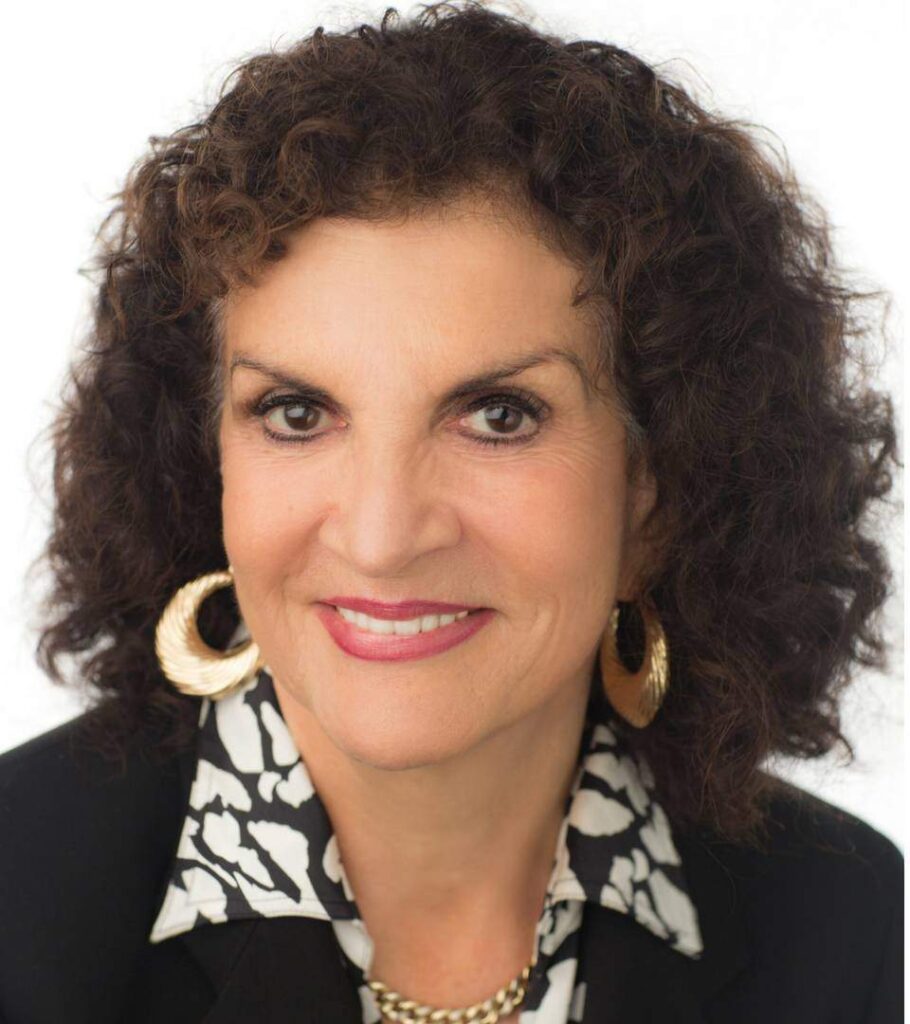By Marta Tienda, AAPSS President
Unlike in the past two years, when mask mandates and the perils of in-person instruction dominated national and local headlines, back-to-school news this fall has focused on teacher shortages and learning loss. The restoration of in-person learning is welcome news, but the shadow of the pandemic persists and requires intentional strategies to support students and teachers facing the formidable task of recovering lost learning.
Researchers at the Brookings Institution initially estimated that students who mainly attended school remotely between 2020 and 2022 lost about half of an academic year in reading and math proficiency, compared with pre-pandemic academic progress, and that the losses were larger among low-income and non-white students. On September 1 of this year, however, the National Center for Education Statistics released a National Assessment of Educational Progress (NAEP) Report that revealed the largest decline in nine-year-olds’ math and reading scores in thirty years. Predictably, the stunning drop in test scores was especially steep among the most vulnerable students—those who attend under-resourced schools and those who were exposed to longer periods of remote learning. Results for eighth graders are due later this fall and will likely be similarly sobering.

The responsibility now falls to state and district administrators to use recovery funds from the American Rescue Plan (ARP) to reverse the downward trend in student achievement, to recoup lost learning, and to narrow achievement gaps between well-endowed and under-resourced districts. Unfortunately, while the American Rescue Plan provides funds for recovery, it cannot permanently reduce preexisting inequities in staffing, teaching salaries, or infrastructure. Moreover, districts are only required to spend twenty percent of ARP funds on academic recovery.
Recovering lost learning will be especially difficult in districts that opened school doors without enough teachers, especially veteran ones. We lack strong and reliable data on the composition of the nation’s teaching force, so there is no consensus about how to define a teacher shortage. Researchers do agree, however, that staffing problems are concentrated in states that have historically underinvested in public education, in under-resourced schools that serve economically vulnerable students, and in specific subjects like math and special education. In response to staffing shortages, some states raised salaries, while others lowered certification requirements or cut weekly instruction to four days. Such solutions bode ill for the prospects of recovering pandemic-induced learning losses and narrowing achievement gaps, which if not addressed soon will hinder social mobility and future earnings for decades. Social scientists are uniquely positioned to conduct rigorous research about the nature and pedagogical significance of state and district responses to educator staffing shortages.
With or without federal recovery funds, teachers will ultimately shoulder the heaviest burdens of recouping and reversing student learning losses. For too long, teachers have been taken for granted, and the pandemic magnified this further. Teachers became essential frontline workers, required to master remote and hybrid methods of instruction, while also finding themselves in the political crossfires of health officials, administrators, and unsupportive school boards. Teaching is hard work in the best of circumstances, and recent events have made circumstances even more difficult: an increase in mass shootings, controversies about book bans, and the added burden of covering for absent colleagues. In some districts, school boards comprised of citizens with no classroom experience (except as students) or pedagogical training are making decisions about curricula and textbooks! It is a small wonder that national polls and focus groups reveal that, in addition to being poorly compensated, both veteran and novice teachers report plans to leave the profession.
Leaders making decisions about the extraordinary individuals entrusted to guide our children’s intellectual development would do well to think about the teachers who left indelible imprints on their own lives. I often think about Mrs. Miller, my seventh grade English teacher, who changed my life by inspiring my college aspirations. I still remember, with vivid clarity, the day that she asked about my post-high school plans. I explained that I wanted to become a hairdresser, and she asked why I hadn’t considered college. Not knowing about scholarships, I had assumed that college was only an option for wealthier students, but Mrs. Miller suggested I could earn one. She saw promise in a poor girl whose immigrant parents had not completed primary school. So many teachers, just like Mrs. Miller, influence their students in ways they never imagine. Teaching is a calling and a labor of love, and teachers need our unqualified support to succeed. They need to be recognized, valued, respected, and fairly compensated for their commitment and professionalism.
During his tenure as president of the Carnegie Corporation of New York, the late Vartan Gregorian directed vast resources to support research on teaching and professional development for teachers. His final essay for the Carnegie Reporter expounded on why teachers create the future of the nation, and he closed with a quote from businessman Lee Iacocca: “[in] a completely rational society, the best of us would be teachers and the rest would have to settle for something less.” Both Gregorian and Iacocca were great visionaries who understood that teachers guide their pupils’ lives in ways that transcend the classroom. It is high time for our nation to recognize and support our teachers, because they hold the keys to the nation’s future in their classrooms.

—Marta Tienda, AAPSS President
October 10, 2022
References
Gregorian, V. 2021. “Teachers Create the Future of America.” Carnegie Reporter, Vol 12 (Spring): 3-9.
